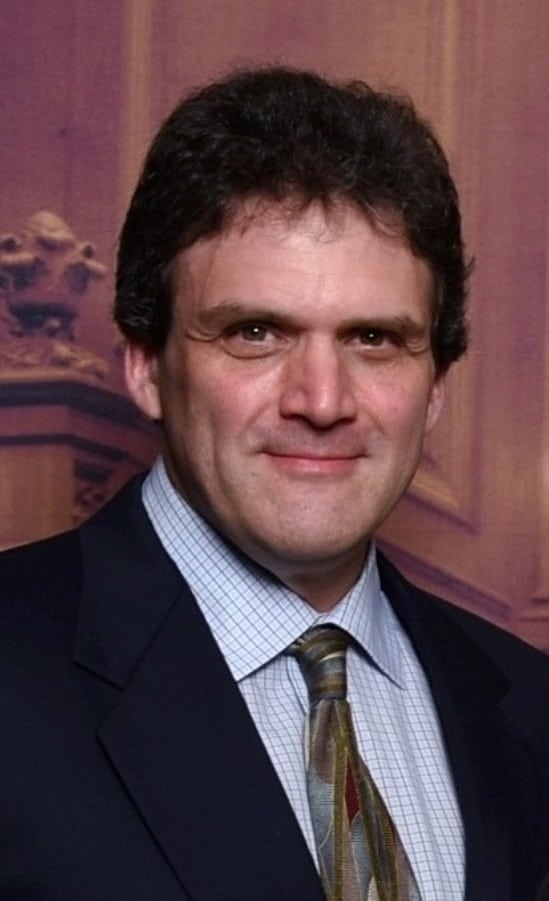Senior Fellow
Jeffrey S. Silver, Ph.D.
- Division:
- Advanced Mathematics Applications (AMA)

Dr. Silver has supervised diverse Bayesian inference and decision programs for military, government, and commercial clients for over thirty years. He has most recently been leading the development of advanced Bellman decision algorithms used in essential applications for various government sponsors.
Dr. Silver was a Metron employee from 1990-1992 and 1996-2001, and rejoined Metron in June 2009. Since returning to Metron, he has been working on various diverse Bayesian inference and decision programs. For the past several years he has been leading the development of advanced Bellman decision algorithms used in essential applications for various government sponsors. In previous technical work he developed a copula-based Bayesian classification framework which agnostically mitigates unknown environmental nuisance effects arising from extended data collection periods, and which has been applied to diverse problems ranging from modeling aircraft pilot weather response patterns, to identifying subsurface ships using active sonar. He also developed a Bayesian image super-resolution algorithm that increases the resolution and contrast of an image and greatly improves target detection in video, and then extended the algorithm for novel applicability in statistical sonar clutter estimation. Additionally, together with Cornell University, Dr. Silver developed non-standard Bayesian group tracking algorithms based on statistical physics applied to human crowds. In earlier work, he developed Bayesian probabilistic threat assessment algorithms for agents observed through graph linkages, derived Bayesian hyperbolic buoy localization algorithms using bearing and time-difference-of-arrival measurements, and developed variations of Metron’s established Likelihood Ratio Detection and Tracking (LRDT) technology to support automated detection of surface swimmer threats in the multi-sensor maritime domain using combined sonar/radar information.
From 2002 until May 2009, Dr. Silver was employed by BAE Systems Advanced Information Technologies (formerly Alphatech) in Burlington, MA. There he served as Sensor Resource Management (SRM) development lead for multiple Bellman information-theoretic control and decision programs, including the DARPA VIVID multi-target airborne video tracking program (which provided information-based control of a Predator UAV-mounted mechanically slewed EO/IR video camera to support tracking, disambiguation, and confirmatory video identification for multiple ground targets), and the DARPA VADER-EGS and NetTrack programs (which provided autonomous control for multi-mode radar tasking to support multi-target vehicle and dismount tracking using GMTI, HRR, SAR, and DMTI radar modes). Among activities in support of these programs, he augmented the BAE Systems ATIF tracker with explicit target visibility inference to support intelligent SRM decisions, and derived and prototyped the autonomous dwell painting algorithm for Ground Reference Coverage Area (GRCA) used for optimal VADER radar control. In addition, Dr. Silver also served as project lead for the PROFASM Bayesian automatic target recognition (ATR) and sensor management program for AFRL, in which Bayesian data fusion was used to jointly track target pose aspect and classification type of civilian and military vehicles using high range resolution radar profile observations.
From 1992 until May 1996, Dr. Silver conducted his doctoral research in Probability Theory under Professor Persi Diaconis, where he investigated new extensions of Metropolis algorithms for Markov Chain Monte Carlo (MCMC) and developed applications of operator spectral theory to problems of bounding convergence rates to stationarity for infinite Markov chains. He has received a Harvard University Certificate of Distinction for Excellence in Teaching in 1996, and was awarded the MIT Bucsela Prize in Mathematics in 1988 for outstanding research potential.
